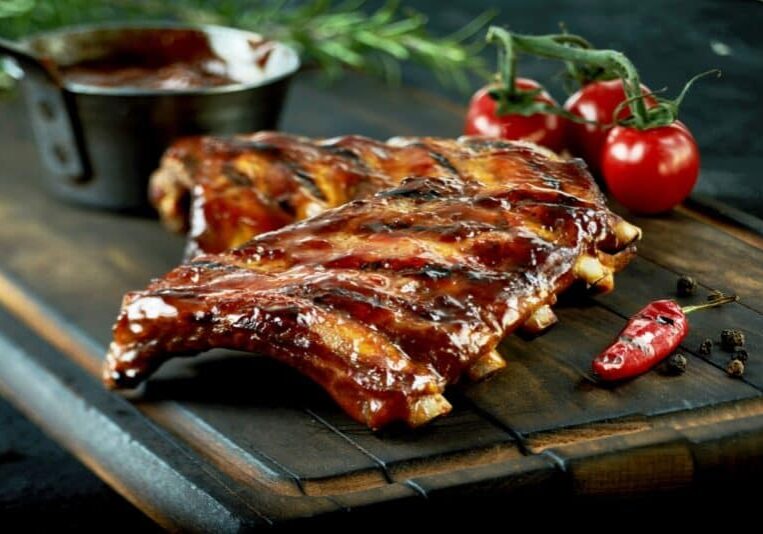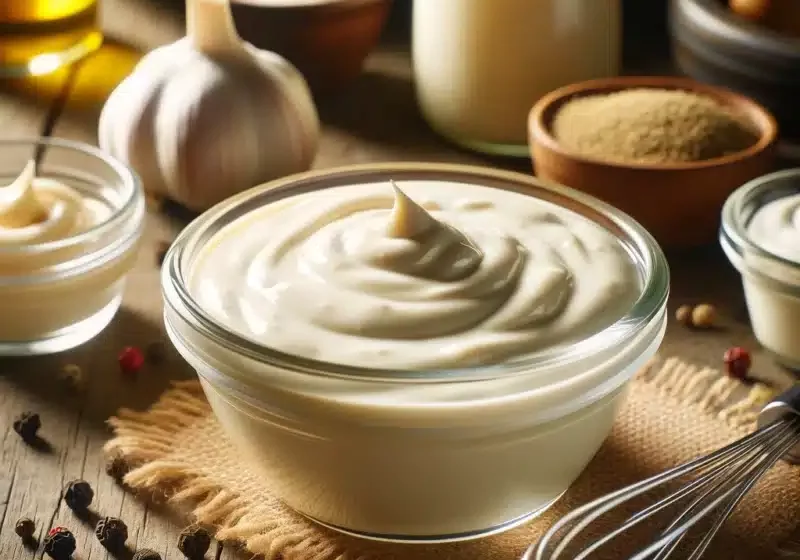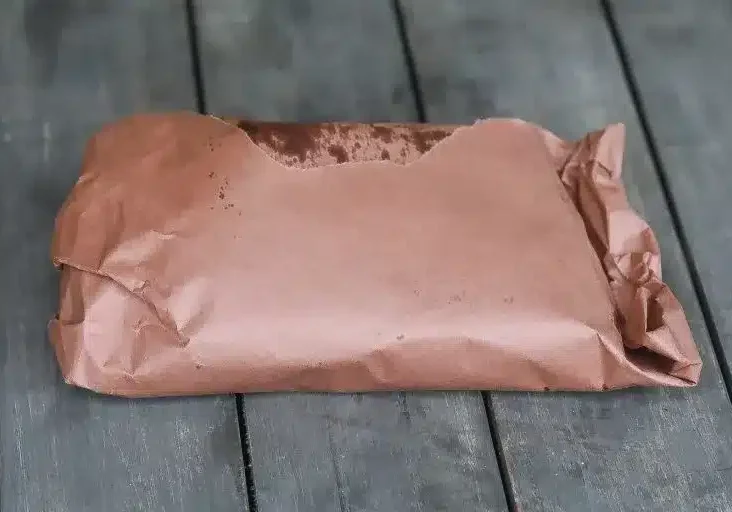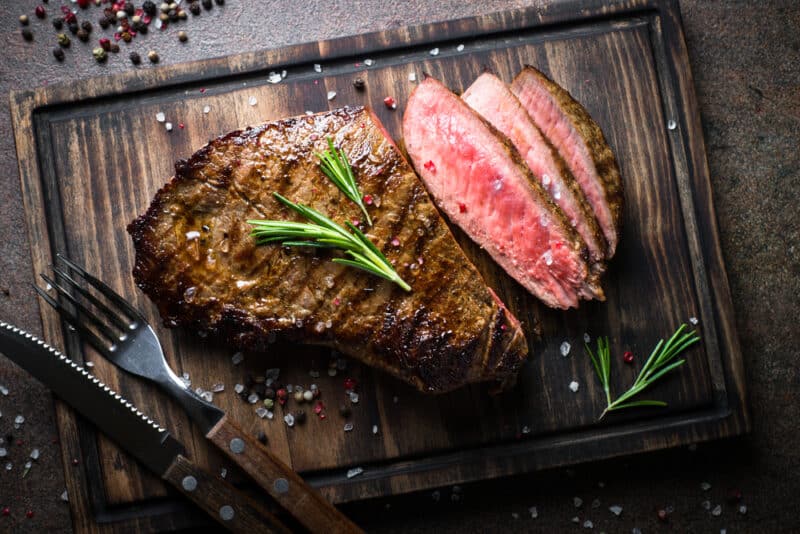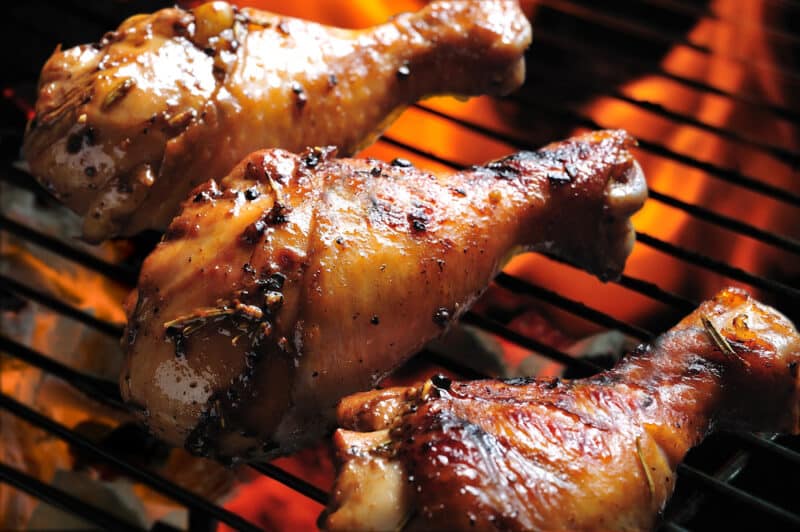How to Defrost Chicken
TheGrillingMaster.com is reader-supported. If you buy something using the links on our site, we might earn an affiliate commission at no added cost to you. This helps us pay our staff to keep making awesome content for you!

Has there ever been a time where you’ve come face to face with a frozen chicken and felt utterly clueless about how to defrost it? Trust me, I know that feeling all too well – like if I focused my attention hard enough on the icy poultry, it might just thaw out by sheer willpower.
But did you realize that not defrosting chicken properly can actually lead to foodborne illnesses? After some extensive research and kitchen experimentation, I’ve pieced together a selection of foolproof methods for safely thawing your frozen fowl.
Are you ready to turn an unwelcoming block of ice into the star component for tonight’s dinner? Stay tuned.
Methods of Defrosting Chicken
There are three main methods for defrosting chicken: in the fridge, quickly in water, or using the microwave.
Defrosting chicken in the fridge
Defrosting chicken in the fridge is a safe and straightforward technique. Just place your frozen chicken into the refrigerator and let it slowly thaw overnight or over 24 hours, depending on the size of your chicken piece.
This method is all about planning ahead since it gives you hands-off time while ensuring that your poultry stays at a safe temperature during the entire thawing process. The trick lies in allowing ample time for defrosted meat to still stay chilled until needed, limiting bacterial growth opportunities.
For hygienic reasons, make sure to put your packaged poultry onto a plate or inside a container to prevent leaks contaminating other food items in your fridge.
Defrosting chicken quickly in water
To defrost chicken quickly, you can use the water method. Start by placing the frozen chicken in a leak-proof plastic bag to prevent any contamination. Fill a large bowl or sink with cold water and submerge the bagged chicken in it.
Make sure the water covers the chicken completely. Change the water every 30 minutes to keep it cold as ice melts.
It usually takes about 1-2 hours to fully thaw a whole chicken using this method, while smaller pieces like boneless breasts or thighs may only take around 30 minutes to an hour. Just make sure to cook the chicken immediately after it’s defrosted so that bacteria don’t have time to grow on its surface.
Defrosting chicken in the microwave
To defrost chicken in the microwave, place the frozen chicken on a microwave-safe plate and set your microwave to the appropriate defrost setting. Make sure to follow any specific instructions provided by your microwave’s manufacturer.
Keep an eye on the chicken as it thaws, rotating and flipping it every few minutes for even thawing. Remember to check for any icy spots or areas that are still frozen before cooking.
Ensuring Proper Defrosting
To ensure proper defrosting, it is important to know how to tell when chicken is properly thawed and whether you can refreeze defrosted chicken.
How to tell when chicken is properly defrosted
To ensure your chicken is properly defrosted, check the texture and temperature. The meat should be soft to the touch and no longer frozen in the center. Use a thermometer to confirm that the internal temperature has reached 165°F (74°C), which ensures it is safe to eat.
Avoid any pink or translucent areas in the meat. Once fully defrosted, you can proceed with cooking or safely store it in the refrigerator for up to two days before use.

Can you refreeze defrosted chicken?
Yes, you can refreeze defrosted chicken, but it’s important to do it safely. Once the chicken has thawed in the refrigerator or using other recommended methods, you can refreeze it if you haven’t cooked or handled it yet.
Make sure to place the chicken in an airtight container or freezer bag to prevent freezer burn and contamination from other foods. It’s best to label the package with the date of freezing so you can keep track of its freshness.
Remember to only refreeze chicken that has been properly thawed and hasn’t reached room temperature for more than 2 hours to avoid any potential foodborne illnesses.
Additional Tips for Safe Food Handling
Always wash your hands thoroughly with soap and water before and after handling chicken or any other raw meat. This helps to prevent the spread of bacteria. Use separate cutting boards, knives, and utensils for raw chicken to avoid cross-contamination with other foods.
Make sure to clean them well with hot soapy water after use.
When storing cooked chicken in the refrigerator, keep it covered and away from other raw meats or perishable items to prevent contamination. It’s also important not to leave cooked chicken at room temperature for more than two hours, as this can promote bacterial growth.
If you’re unsure about the freshness or safety of leftover cooked chicken, it’s best to discard it rather than risking foodborne illness.
By following these additional tips for safe food handling, you’ll reduce the risk of foodborne illnesses caused by improperly handled poultry. Keeping a clean kitchen workspace and practicing good hygiene habits are essential steps towards ensuring that your meals are both delicious and safe for consumption.
Conclusion
In conclusion, knowing how to defrost chicken properly is essential for safe food handling. Whether you choose to thaw it in the fridge, in water, or using a microwave, be sure to follow the recommended guidelines and ensure that the chicken is fully defrosted before cooking.
By practicing these safe and efficient methods of defrosting chicken, you can ensure that your meals are not only delicious but also free from any potential health risks. You should plan to grill your chicken for at least 6-7 minutes.
FAQs
1. What does “how to defrost chicken” mean?
“How to defrost chicken” refers to the proper ways and techniques of thawing frozen chicken using safe, efficient, and effective methods. Keep in mind chicken should only sit out for 2 hours while raw.
2. Can I use a microwave for defrosting chicken?
Yes! Microwave defrosting is a quick method of thawing chicken such as the breast or other parts. Make sure to follow best practices for this technique.
3. Are there hands-off methods available when thawing chicken safely?
Absolutely! Cold water thawing, refrigerator thawing, and even leaving it overnight are all hands-off yet safe ways to defrost your poultry.
4. Is submerging frozen chicken in water an effective way of defrosting it?
Definitely! Submerging frozen chicken in cold water can be both a fast and safe method for efficient poultry thawing if done correctly.
5. Should I try counter-defrosting my frozen chicken?
Counter-defrosting isn’t advised due to safety concerns; instead opt for safer techniques like microwave or fridge-based methods that prevent potential bacterial growth while being quick at the same time.
6. What happens if we don’t follow optimal strategies while performing easy-chicken-defrost-tips?
Neglectful steps during any part of the proper process could lead to food contamination hampering your ability towards providing safe meals prepared from properly-thawed chickens without compromising health standards.
Learn More About Grilling
If you want to learn more about grilling, check out these other helpful resources!

Patrick Harvey
Patrick is a life long grilling enthusiast with an eye for product development and user experience. His expertise helps us test and review all of the products you see the website.
About The Grilling Master
Hi there, I'm Kevin Turner, Founder and CEO of thegrillingmaster.com.
My passion has always been grilling, smoking and BBQ delicious meats that satisfy my inner carnivore!
I started this website to share my passion and knowledge with you, the hungry reader who wants to prepare the perfect meal.
You can leverage my years of experience as a pit master and professional.
Send me a message and let's connect on Twitter here.



